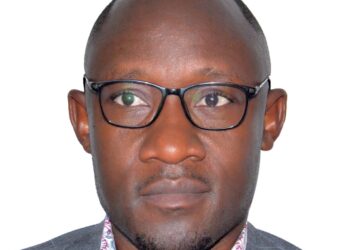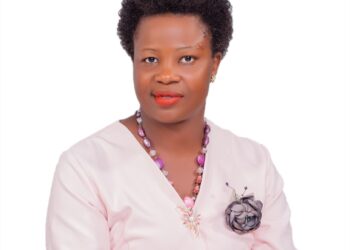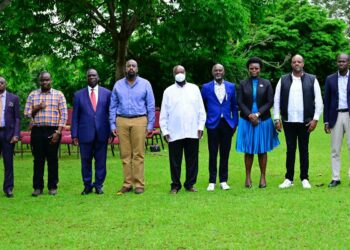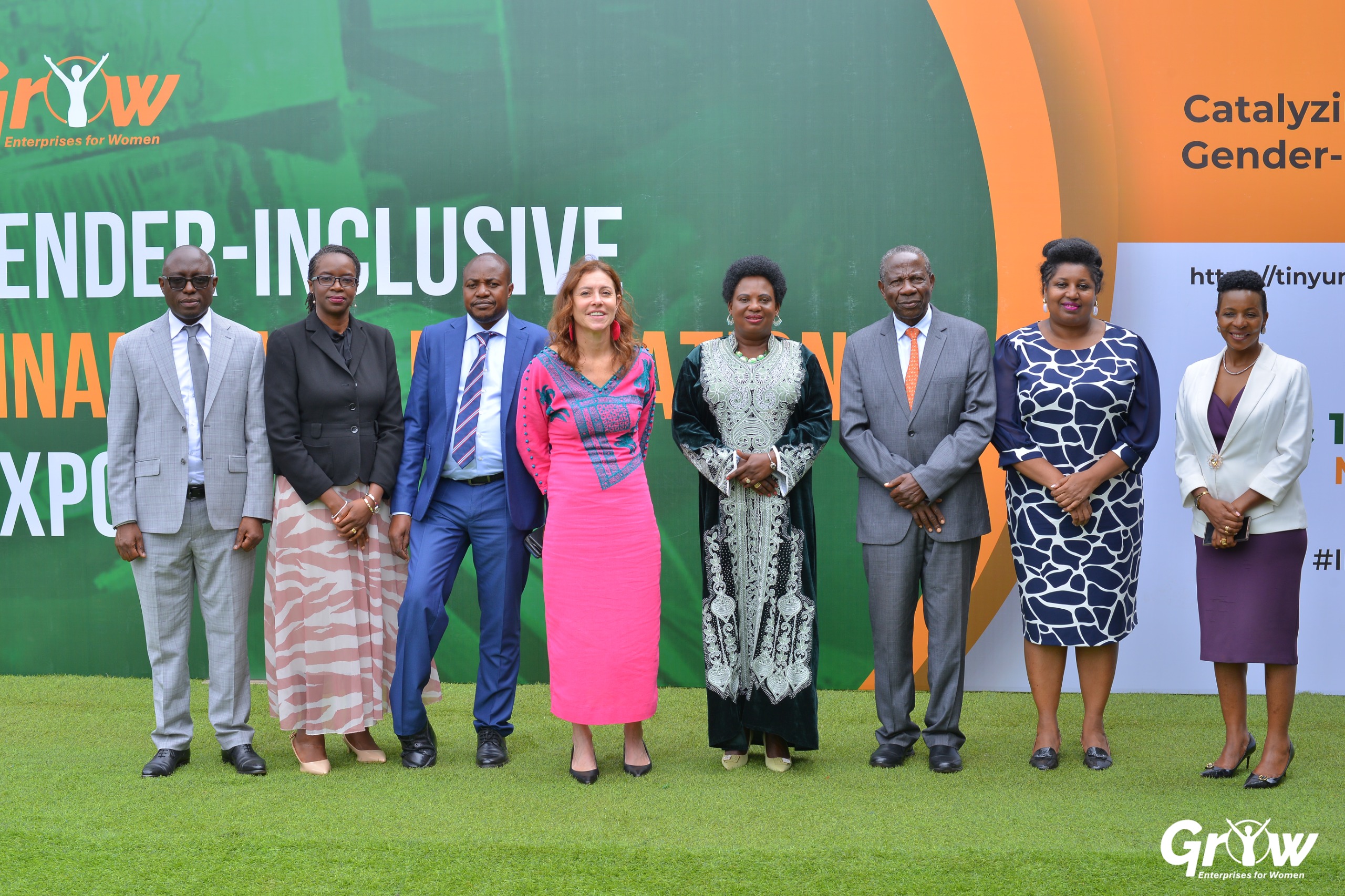By Ofwono Opondo
Following last week’s events involving the kidnap and eventual rescue of an American female tourist, Kimberly Sue Endicott and her tour guide Jean Paul Mirenge, in the Queen Elizabeth National park’s Ishasha sector in Kanungu district, frenzy, anxiety and cynicism descended into the local Ugandan media. The frenzy and anxieties were understandable because of the potential ramifications on Uganda’s economic progress, stability and image as a good destination for investments, trade and tourism.
The cynicism, peppered by what appeared to be ill-intent, and deliberate mischief to discredit an otherwise a successful delicate operation by the joint Uganda security forces, amounts to political treachery, or perhaps, the journalists simply lacked investigative skills, and professionalism.
After the rescue, in which both victims were safely secured, and have been re- united with their respective families physically unharmed, some journalists attempted to focus more on the peripheral matter of whether or not, a ransom was paid.
Matters were not made any better, when a minister claimed that ‘ransom’ was paid, although he couldn’t authoritatively state by whom. It should be known that the policy of the Uganda government is not to pay ransom to criminal groups, or armed rebels fighting for political causes. Uganda encourages negotiations, and as last resort direct confrontation with criminal groups as past incidents prove.
On December 10, 1987, then rebel outfit, Uganda People’s Army (UPA) operating in Teso, abducted three government ministers, Robert Ekinu (Transport and Communications), Dr Aporu Akol (Animal Industry and Fisheries), and Stanislaus Okurut (Youth, Culture and Sports) who were on a peace mission. While negotiations were underway, Aporu escaped after five months and returned to Kampala on March, 18, 1988 unharmed. However, when repeated efforts at negotiations [to release the other two] failed, a shootout between government forces and UPA broke out on August, 2, 1988 in Dakabela, 24km from Soroti town during which Okurut was rescued, but Ekinu, sadly got fatally injured and died. Since that time Uganda has witnessed mass abductions of civilians especially school children like Atiak technical college students, and Aboke girls, by the LRA in 1995 and 1996, respectively, but government never considered paying ransom.
Kidnapers around the world usually have their motives which may include social, economic and political discontent against governments, or criminal and organised gangs which target low and high people to raise money to fund their operations or style of living. Targets usually include politicians, foreign tourists, business people, rivals, or families. Often, if money is the motive, a victim may be held depending on the worth of their ATM card as kidnappers withdraw as much money as possible or until sufficient ransom is paid.
Official UN and open source statistics indicate that Mexico, Haiti, Brazil, the Philippines, India, Colombia, Venezuela, and the Northern Triangle comprising Guatemala Honduras and El Salvador, top the global list, while Nigeria, South Africa and Kenya led Africa in 2017. Yemen, Libya and Syria recorded the highest kidnaps for ransom, while the Middle East scored highest in politically motivated abductions due to the current conflict,
One Uganda media house was un-shamed, although in futility, to pour cold water and discredit the role, competence and professionalism with which the joint Uganda security forces of wildlife rangers, intelligence, police, UPDF and their specialised units conducted this operation. The local media were quick to drum how US commandos played a ‘big’ role, although they couldn’t specify exactly what those roles were.
Uganda journalists, joined by the usual naysayers led by Kizza Besigye who, tweeted “Uganda’s Security Mess” regarding the purported ‘ransom’ to dismiss Uganda’s security agencies as if we depend on a daily basis on the magnanimity of criminals and a violent world order. Besigye, a retired colonel, actually appears not know, or appreciate how criminal intelligence gathering works in supporting security operations and law enforcement.
Frightening as this kidnap was, it is necessary to remind Ugandans, that since the tragic murder of eight foreign tourists and four Ugandan park employees in the Bwindi impenetrable forest (Kanungu) in 1999, Uganda has never had similar incidences anywhere else, targeting tourists. Locally, the most high profile kid was last year, when Suzan Magara was kidnapped in Kampala, ransom paid by her family, but never-the-less gruesomely murdered.
We re-assure the world that contrary Donald Trump’s advisory, Uganda is actually safe, and some of the suspects are already apprehended, and will appear before an open judicial court in Uganda. In comparison, the US witnessed 39,773 gun violence related deaths in 2017. In 2018, 576 murders and suicides by gun were recorded, according to Gun Violence Archive, translating to more than one per day, and at least 1,300 people died in such incidents, and yet, it doesn’t qualify the US as unsafe for visitors and tourists. We can add that it has taken 2,372 U.S. military deaths, of which 1,856 resulted from hostile enemy action, 20,320 wounded in Afghanistan, a decade, and trillions in US dollars debt to find and kill Osama Bin Laden, the accused mastermind of the of the Septmeber,11, 2001, Twin Tower bombings that killed 2,977 innocent people.
Do you have a story in your community or an opinion to share with us: Email us at editorial@watchdoguganda.com












